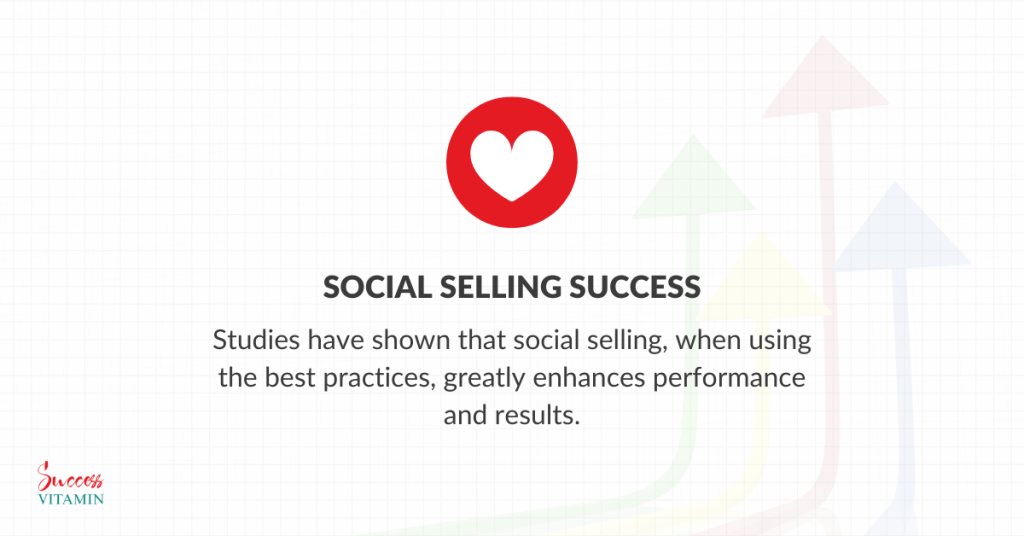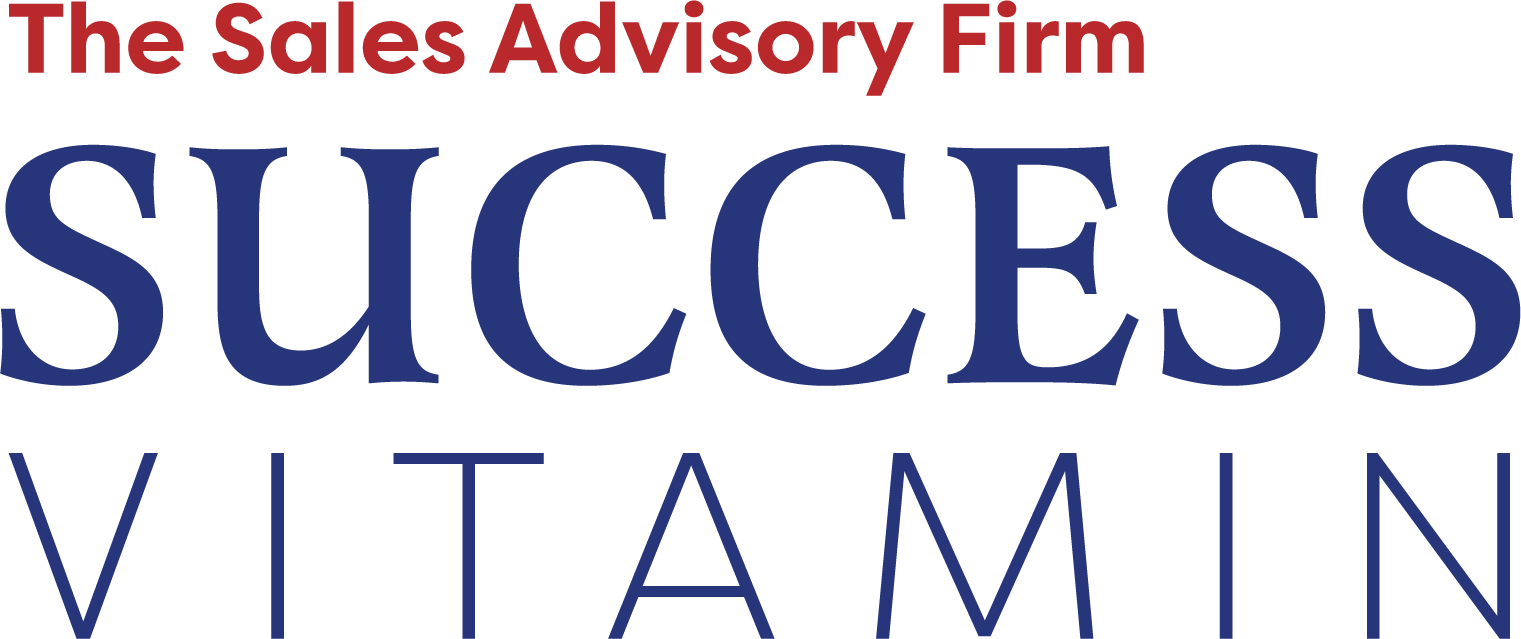In today’s digitally-driven world, traditional sales tactics are being reshaped by the power of social media. Social selling is not just a trend; it’s a transformative approach that leverages social platforms to build relationships, influence buying decisions, and drive sales. By engaging with customers where they spend most of their time—on social media—sales professionals can tap into a wealth of opportunities that traditional methods often miss. This guide will delve into social selling, exploring strategies, tools, and tips to help businesses harness this powerful sales technique effectively.
What is Social Selling?
Social selling is the process of using social media platforms to connect with potential customers, build relationships, and ultimately drive sales. Unlike traditional selling, which often relies on cold calls or direct pitches, social selling focuses on engaging with prospects through content sharing, interactions, and relationship building. It’s about being present where your customers are, understanding their needs, and providing solutions in a non-intrusive manner.
In essence, social selling transforms the way salespeople interact with customers. Instead of pushing a product, it’s about engaging in meaningful conversations that lead to trust and, eventually, a sale. By using platforms like LinkedIn, Twitter, Facebook, and Instagram, sales professionals can build a personal brand, position themselves as thought leaders, and stay top-of-mind with their prospects.
The Importance of Social Selling
The rise of social media has changed the buyer’s journey. Today’s consumers are more informed and have access to a wealth of information online. Before making a purchase, they are likely to research, read reviews, and seek recommendations on social platforms. This shift has made it essential for sales professionals to adapt their strategies.
Social selling is important because it meets customers where they are. By engaging on social platforms, sales teams can:
- Build Trust: Regular interactions and providing value through content helps establish credibility.
- Increase Reach: Social platforms allow sales professionals to connect with a larger audience beyond geographical boundaries.
- Stay Informed: By monitoring social conversations, salespeople can gain insights into customer pain points and market trends.
- Shorten Sales Cycles: Building relationships early in the buyer’s journey can lead to faster closing times as trust is already established.
Key Statistics:
The effectiveness of social selling is underscored by several key statistics:
- 87% of sales professionals report that social selling helps them achieve their targets.
- 78% of businesses using social selling on LinkedIn outperform their peers.
- 59% of salespeople using social media report a noticeable increase in sales.
- 40% more likely to achieve sales quotas for companies with social media-empowered sales teams.
- 31% more deals are closed by salespeople using social media platforms compared to non-users.
- 51% of businesses state that social selling has reduced their sales cycle length.
These figures highlight the transformative impact of social selling, making it a vital component of modern sales strategies.
Core Components of Social Selling
To excel at social selling, businesses must focus on several key components:
1. Building a Strong Personal Brand
Your social media presence is a reflection of your brand. It’s important to establish a profile that communicates expertise, reliability, and approachability. This involves regularly sharing industry insights, engaging with followers, and showcasing your unique value proposition.
2. Engaging with Content
Content is the currency of social media. Whether it’s sharing articles, creating videos, or posting updates, the content you share should provide value to your audience. Engaging content helps in attracting the right audience, sparking conversations, and positioning yourself as an authority in your field.
3. Active Listening
Social selling isn’t just about broadcasting your message; it’s about listening to your audience. By monitoring social media for relevant conversations, you can understand your audience’s needs, preferences, and pain points. Tools like Hootsuite or Social Mention can help track these conversations and identify opportunities to engage.
4. Building Relationships
Relationship-building is at the heart of social selling. It’s not enough to simply connect with prospects; you need to nurture these relationships over time. This can be done by interacting with their content, offering advice, and being consistently present in their online space.
5. Leveraging Tools and Technology
There are numerous tools designed to enhance social selling efforts. Platforms like LinkedIn Sales Navigator, Hootsuite, and Seismic provide insights, streamline workflows, and help manage relationships effectively. Using these tools can significantly improve your social selling outcomes by ensuring you are engaging with the right prospects at the right time.
How to Implement a Social Selling Strategy?

Implementing a successful social selling strategy requires a blend of planning, execution, and continuous improvement. Here’s a step-by-step guide:
1. Define Your Goals
Before diving into social selling, it’s crucial to define what you want to achieve. Whether it’s increasing lead generation, shortening sales cycles, or enhancing brand awareness, clear goals will guide your strategy and help measure success.
2. Identify Your Target Audience
Understanding who your ideal customer is will inform your social selling efforts. Create detailed buyer personas that include demographics, pain points, and preferred social platforms. This ensures your content and interactions are relevant and effective.
3. Choose the Right Platforms
Not all social media platforms will be suitable for your business. Focus on where your audience spends the most time. For B2B companies, LinkedIn is often the most effective, while B2C companies might find more success on Instagram or Facebook.
4. Develop a Content Strategy
Content is the backbone of social selling. Your content strategy should be aligned with your goals and tailored to your audience. Share a mix of educational content, industry news, and promotional material. Ensure consistency in posting and engage with your audience’s reactions to foster interaction.
5. Engage Consistently
Engagement is key to building relationships. Respond to comments, participate in relevant discussions, and show genuine interest in your connections’ posts. The more you engage, the more visibility and credibility you gain.
6. Measure and Optimize
Like any strategy, social selling requires regular evaluation. Use analytics tools to track your progress, identify what’s working, and refine your approach. Metrics to monitor include engagement rates, lead conversions, and the growth of your social network.
Benefits of Social Selling
Adopting social selling strategies offers numerous benefits:

Source: LinkedIn
1. Increased Sales Opportunities
By leveraging social media, sales professionals can uncover new leads and opportunities that may not be accessible through traditional channels. Social platforms allow for the identification and engagement of prospects earlier in their buying journey.
2. Enhanced Customer Relationships
Social selling fosters stronger relationships by allowing salespeople to engage with prospects in a more personalized and meaningful way. These interactions help build trust and rapport, making it easier to convert leads into customers.
3. Improved Brand Visibility
Consistent activity on social media increases brand visibility. As you share content and engage with others, your brand becomes more recognizable, helping you stand out in a crowded marketplace.
4. Competitive Advantage
Many businesses are yet to fully embrace social selling. By adopting these strategies early, you gain a competitive edge, positioning yourself as a leader in your industry and staying ahead of competitors.
5. Cost-Effective
Compared to traditional sales methods, social selling can be more cost-effective. It reduces the need for expensive advertisements and cold outreach, relying instead on organic interactions and relationship-building.
Challenges of Social Selling
While social selling offers many advantages, it also comes with its own set of challenges:
1. Time-Consuming
Building relationships on social media requires time and consistency. Sales professionals need to be patient and invest time in engaging with prospects without expecting immediate returns.
2. Requires Skill and Training
Not all salespeople are naturally adept at using social media. It requires training to use platforms effectively, understand the nuances of social interactions, and leverage tools for maximum impact.
3. Measuring ROI
Quantifying the return on investment (ROI) from social selling can be challenging. Unlike traditional sales metrics, social selling involves long-term relationship building, which might not translate into immediate sales.
4. Keeping Up with Changes
Social media platforms are constantly evolving, with new features, algorithms, and trends emerging regularly. Staying updated and adapting your strategy to these changes can be difficult but is essential for success.
Social Selling Best Practices
To succeed in social selling, here are some best practices to follow:
1. Be Authentic
Authenticity is key on social media. Avoid overly sales tactics; instead, focus on building genuine connections. Share personal insights, engage in meaningful conversations, and be yourself.
2. Provide Value
Your interactions should always provide value to your audience. Whether it’s through content, advice, or support, aim to help your prospects rather than just sell to them.
3. Stay Consistent
Consistency is crucial in social selling. Regularly post content, engage with your network, and participate in relevant discussions. This keeps you visible and helps build lasting relationships.
4. Use Analytics
Leverage analytics to track your social selling efforts. Tools like LinkedIn Analytics, Google Analytics, and social media management platforms provide insights into what’s working and where you can improve.
5. Continuously Learn
The landscape of social selling is always changing. Stay ahead by continuously learning about new tools, strategies, and industry trends. Attend webinars, read industry blogs, and engage with thought leaders to keep your skills sharp.
Social Selling Tools You Need to Know
There are various tools available to enhance your social selling efforts:

LinkedIn Sales Navigator is a powerful tool for finding and connecting with potential leads on LinkedIn. It provides advanced search capabilities, lead recommendations, and insights into your prospects.

Hootsuite is a social media management platform that allows you to schedule posts, monitor social media activity, and engage with your audience across multiple platforms from one dashboard.

Seismic is a sales enablement platform that helps sales teams create, manage, and share content that’s tailored to each stage of the buyer’s journey. It ensures that your sales content is always relevant and up-to-date.
4. Social Mention
Social Mention is a social media search and analysis tool that aggregates user-generated content from across the web into a single stream of information. It’s useful for tracking brand mentions and staying on top of social conversations.

Pipedrive is a CRM tool that integrates with social selling strategies, helping you manage your sales pipeline and track interactions with prospects. It’s particularly useful for small to medium-sized businesses.
FAQs
1. What is social selling?
Ans: Social selling is the practice of using social media platforms to connect with potential customers, build relationships, and drive sales. It involves sharing content, engaging with prospects, and leveraging social networks to influence purchasing decisions.
2. Why is social selling important?
Ans: Social selling is important because it allows sales professionals to reach and engage with prospects where they spend most of their time—on social media. It helps build trust, increase reach, and stay informed about customer needs and market trends.
3. What platforms are best for social selling?
Ans: The best platforms for social selling depend on your target audience. LinkedIn is ideal for B2B companies, while Instagram and Facebook are more effective for B2C businesses. Twitter and TikTok also offer unique opportunities depending on your industry.
4. How can I measure the success of my social selling efforts?
Ans: Success in social selling can be measured by tracking metrics such as engagement rates, lead generation, conversion rates, and the growth of your social network. Using tools like LinkedIn Analytics and Google Analytics can provide valuable insights.
5. What challenges do companies face with social selling?
Ans: Challenges include the time commitment required to build relationships, the need for training and skills development, difficulties in measuring ROI, and staying updated with the constantly changing social media landscape.
6. How can I start implementing social selling in my business?
Ans: To start with social selling, define your goals, identify your target audience, choose the right platforms, develop a content strategy, engage consistently with your audience, and continuously measure and optimize your efforts.
Conclusion
Social selling is more than just a buzzword; it’s a critical strategy for modern sales teams looking to thrive in a digital world. By integrating social media into your sales process, you can build stronger relationships, increase your brand’s visibility, and drive more sales. Remember, successful social selling is about authenticity, value, and consistent engagement. As you continue to refine your approach and leverage the right tools, your efforts in social selling will yield significant rewards for your business.



